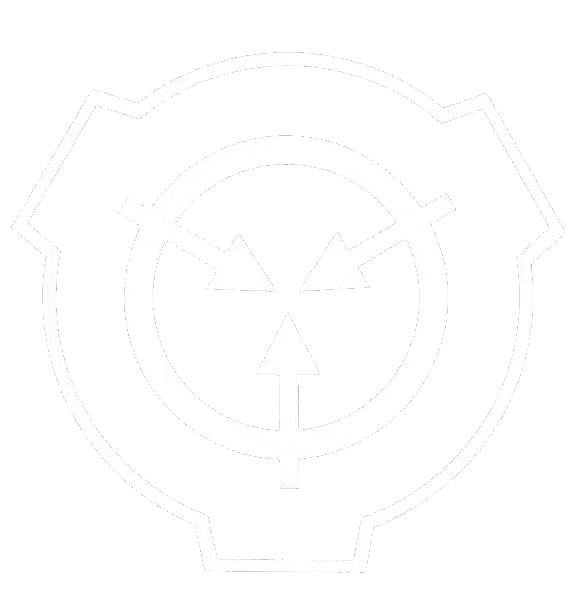11/17/22
Fuel Munition Testing
Control Data:
Magnesium powder: 833° F, extremely bright, risk of blindness.
White Phosphorous: 1500° F, produces white smoke.
Diesel Fuel: Denser, sticks to surfaces and keeps fire ignited for longer.
Gasoline: Thinner, much lower ignition temperature.
Test 1: 50 grams of White Phosphorous, lightly diluted diesel, 20° nozzle pressure.*
Results:
* 1500° F maximum temperature
* Maximum range of 15 meters.
* Diluted diesel fuel kept the magnesium ignited on doused surfaces.
Verdict: Diluted diesel will make dousing living things and structures especially severe; If someone's armor or uniform gets ignited, it's going to stay that way. Further testing on various levels of kevlar is needed to determine how quickly the kevlar can be penetrated.
Test 2: 50 grams of White Phosphorous, lightly diluted diesel, 15° nozzle pressure.*
Results:
* 1500° F maximum temperature
* Maximum range of 19 meters.
* Diluted diesel fuel kept the magnesium ignited on doused surfaces.
Verdict: As expected, increasing the pressure in the nozzle by turning the nozzle counterclockwise will increase the distance, but lessen the amount of ejected fuel (and by extension, the amount of hurt.)
Test 3: 50 grams of magnesium powder, lightly diluted diesel, 10° nozzle pressure.*
Results:
* 833° F maximum temperature
* Maximum range of 33 meters.
* Diesel wasn't being consistently ignited.
Verdict: Diesel's ignition temperature is too high for magnesium. The amount of ejected fuel was also a concern. Both of these makes it clear that gasoline is a better fit for the job. I was hoping not because the Drone Pilots might get mad at me cutting into their supply.
Test 4: 50 grams of magnesium powder, gasoline, 10° nozzle pressure.*
Results:
* 833° F maximum temperature
* Maximum range of 50 meters.
* Gasoline dissipated quicker than diluted diesel, as expected.
Verdict: The gasoline was able to manage the small pressure hole as well as accommodate for magnesium's ignition point. This mixture reached the minimum range threshold that the Commander specified.
Analysis:
Unless we want this project to get more expensive, this is as far as I can push our bargain-bin flamethrowers. While Test #4 has met the Commander's specifications, the results from the first test have shown promise. Further testing in close-quarters scenarios is required. As for Test #4, I will tweak our supply of flamethrowers to these specifications pending the Commander's approval.
The next test will include testing the #1 and #4 mixtures against various levels of Kevlar. I am anticipating exceptional results with #1, and satisfactory results with #4. My predictions are that while #1 will be relegated to a niche close-range incendiary weapon, #4 will provide great utility results with the much greater reach and blinding visuals.
Additionally, our fire suits suck. Too baggy and not made with combat equipment in mind at all. When I have the time and Commander's approval, I'll be taking a fire suit and attempt to modify it to accommodate for kevlar plates, component belts, and a fireproof backpack. I'll most likely have to salvage my own suit for this unless the Commander has an alternative.
- Michael "Firebug" Fawkes, Explosive Specialist
